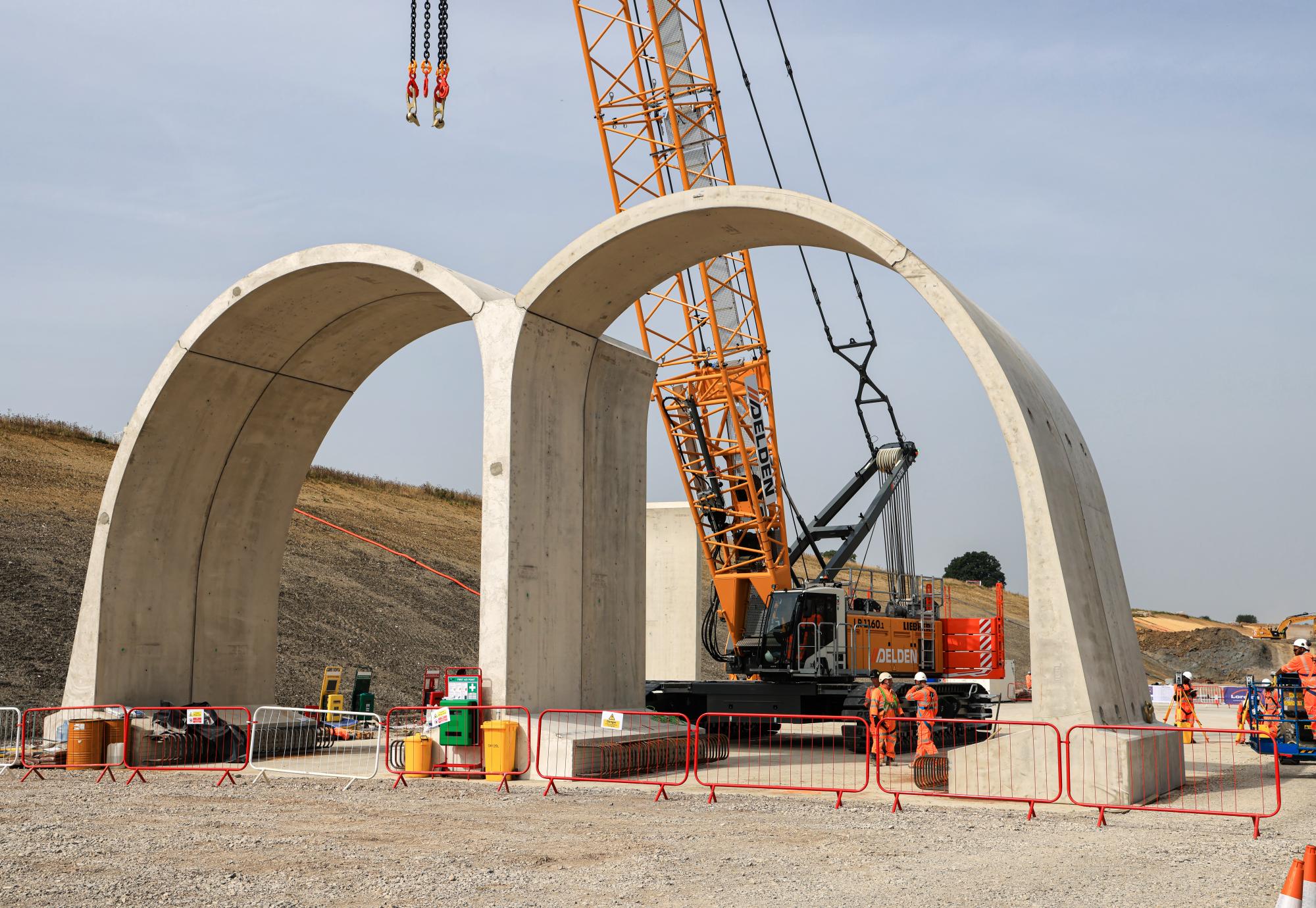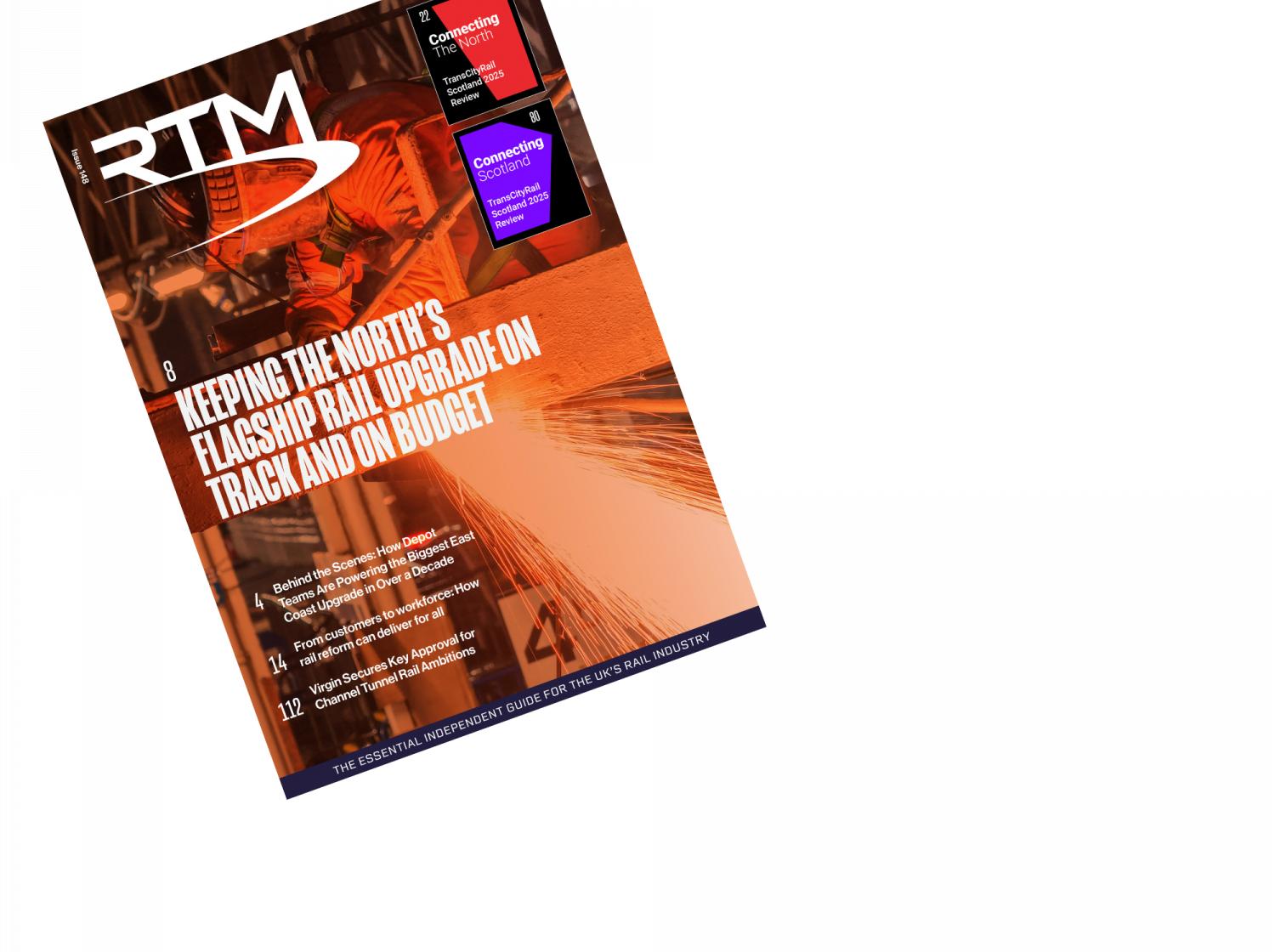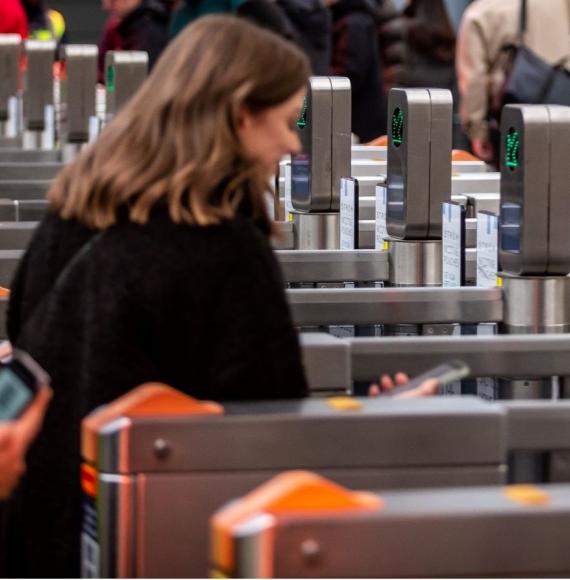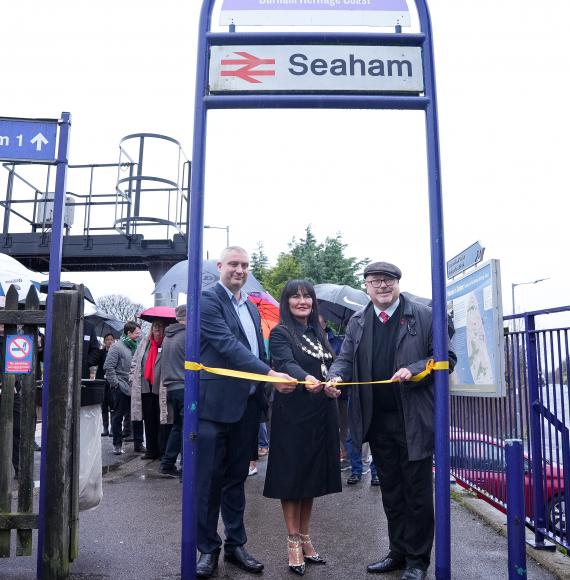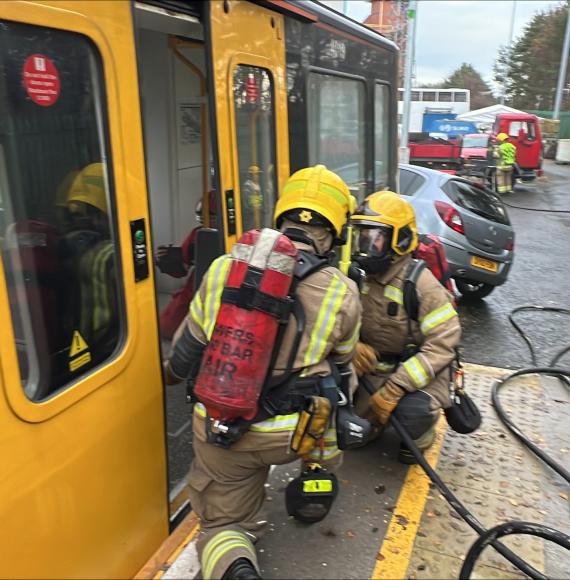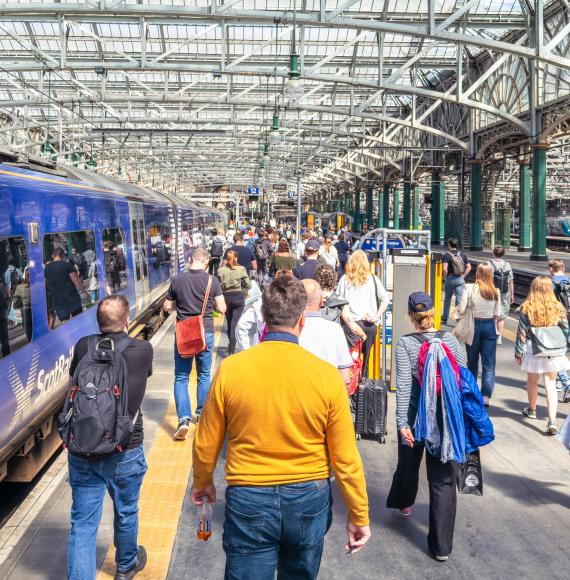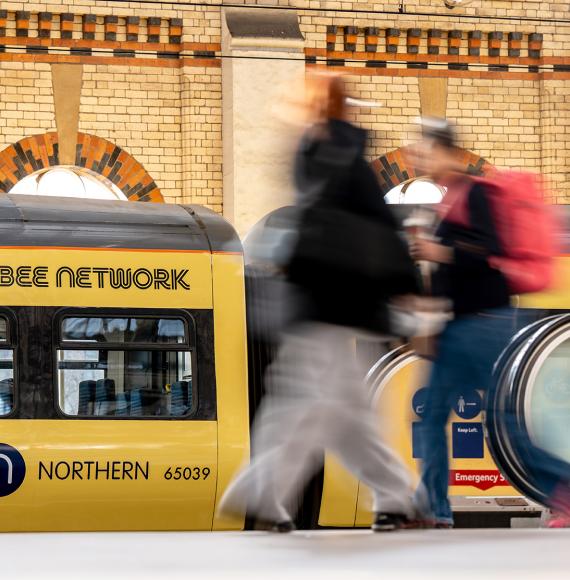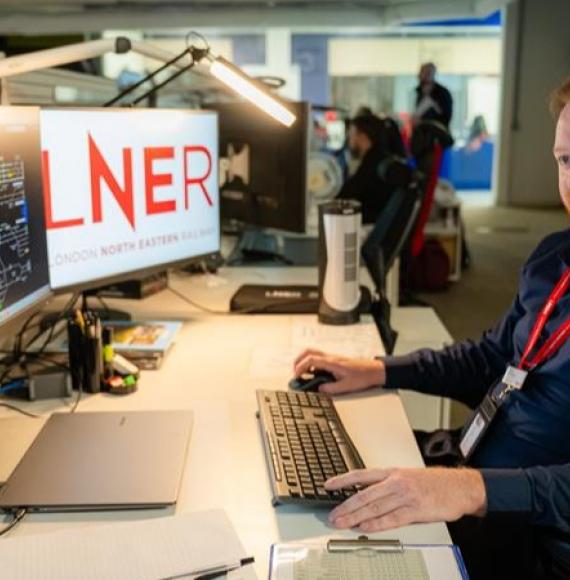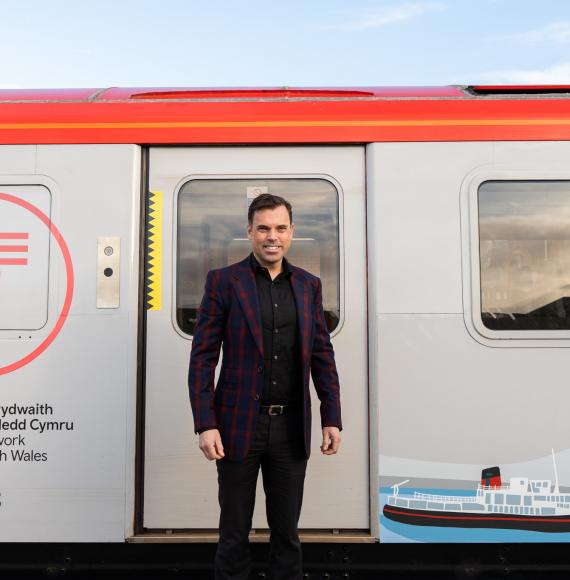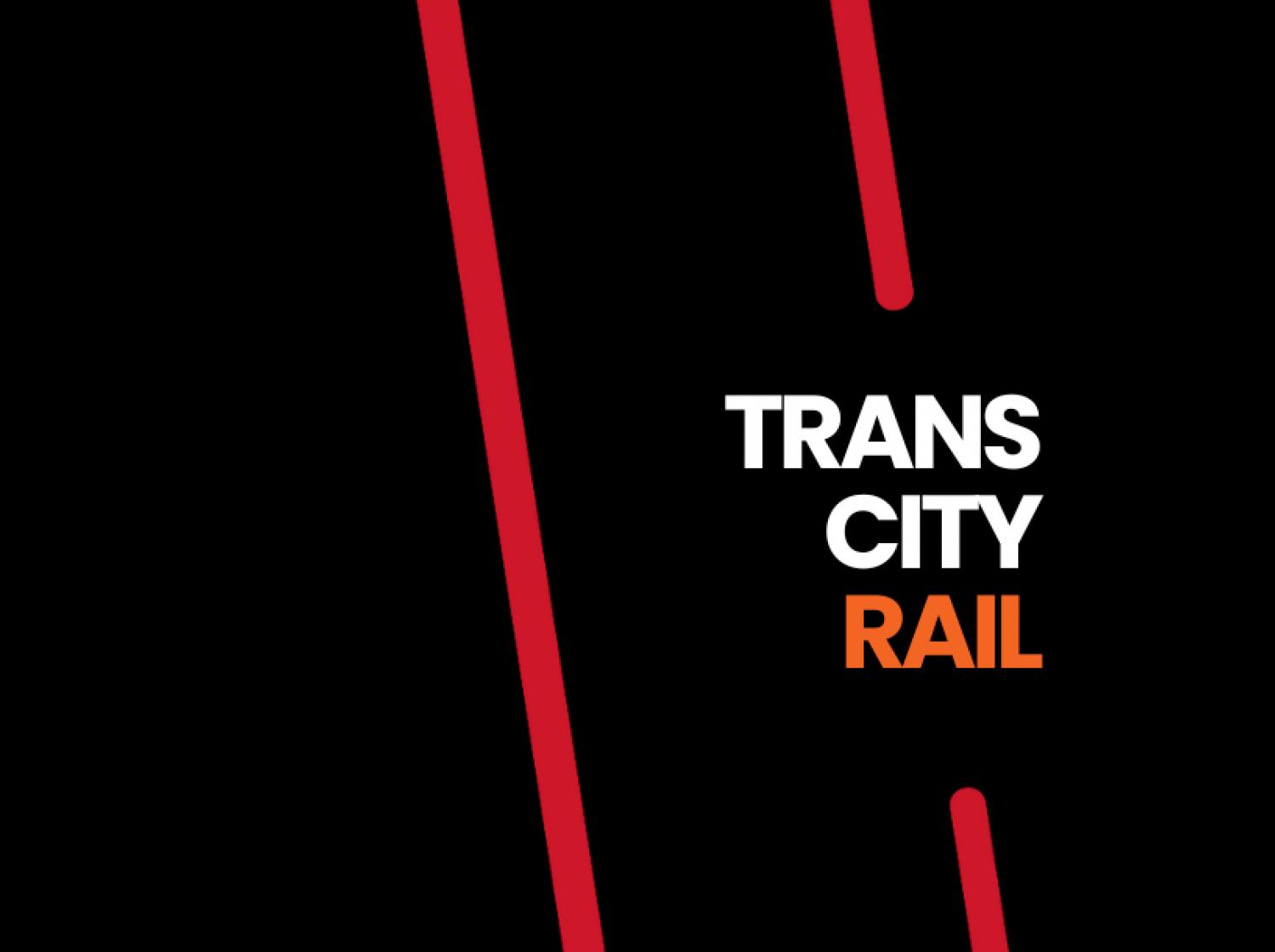HS2 has begun assembling the project's longest 'green tunnel' in Greatworth, Northamptonshire. The tunnel, which is one-and-a-half miles long, is being built using a 'cut and cover' process, which involves excavating a cutting, building the tunnel, and then burying it.
The tunnel structure will be made from more than five thousand giant concrete segments, which are being made at a specialist pre-cast factory in Derbyshire. The segments will be slotted together to form an m-shaped double arch, which is the height of two double-decker buses.
The tunnel is designed to blend into the surrounding countryside and reduce disruption for local communities. It is one of five 'green tunnels' that are being built on phase one of the HS2 project and is being led by HS2’s main works contractor – EKFB.
Other green tunnels are located at Wendover in Buckinghamshire, Burton Green in Warwickshire, and in the London Borough of Hillingdon. All the tunnels will have specially designed 'porous portals' at either end to reduce the noise of trains entering and exiting the tunnel.
HS2 Ltd’s project client Neil Winterburn, said: “Greatworth is one of five green tunnels between London and Birmingham designed to protect the natural environment and reduce disruption for local communities - and it’s great to see the first arches in position.
“Our trains will be powered by zero carbon electricity but it’s also important to reduce the amount of carbon embedded in construction. The off-site manufacturing techniques being used will help cutting the overall amount of carbon-intensive concrete and steel in the tunnel and help spread the supply chain benefits of the project across the UK.”
The construction of the Greatworth green tunnel is expected to take around two years. Local roads and footpaths will be realigned to cross the tunnel, and thousands of native trees and shrubs will be planted to create new woodland areas around the portals.
The project is part of HS2's commitment to reducing its carbon footprint. The modular approach to construction is expected to more than halve the amount of carbon embedded in the structure.
EKFB's programme director Emmanuel Rossignol said: "To see the construction start on HS2's second cut and cover tunnel in Northamptonshire is a proud milestone for the team. The design and construction approach of this tunnel is unique to the UK, and there are many benefits associated with this methodology, including a reduction in our carbon footprint."
HS2 have previously constructed a green tunnel at Chipping Warden in Northamptonshire and are applying lessons learnt in the construction including the delivery and installation of segments.
Photo/Video Credit: HS2

